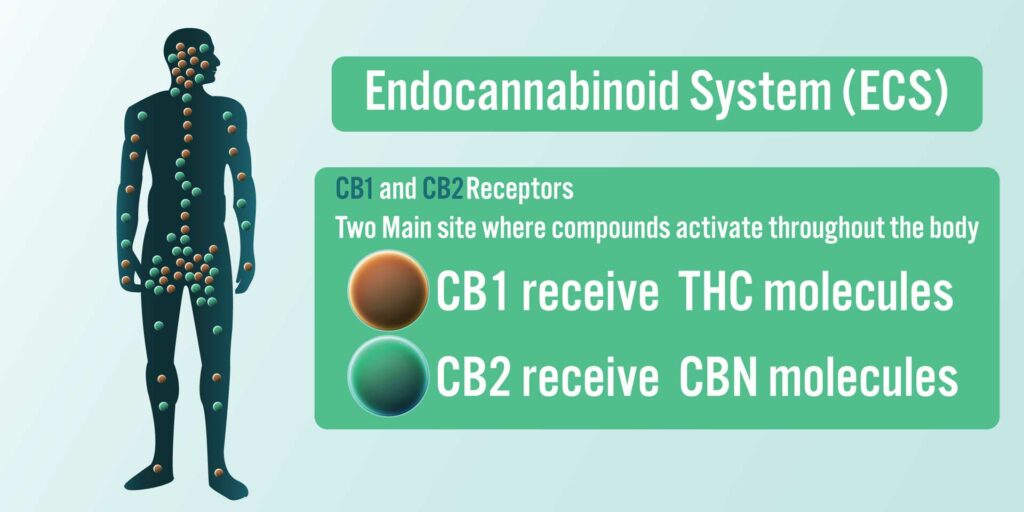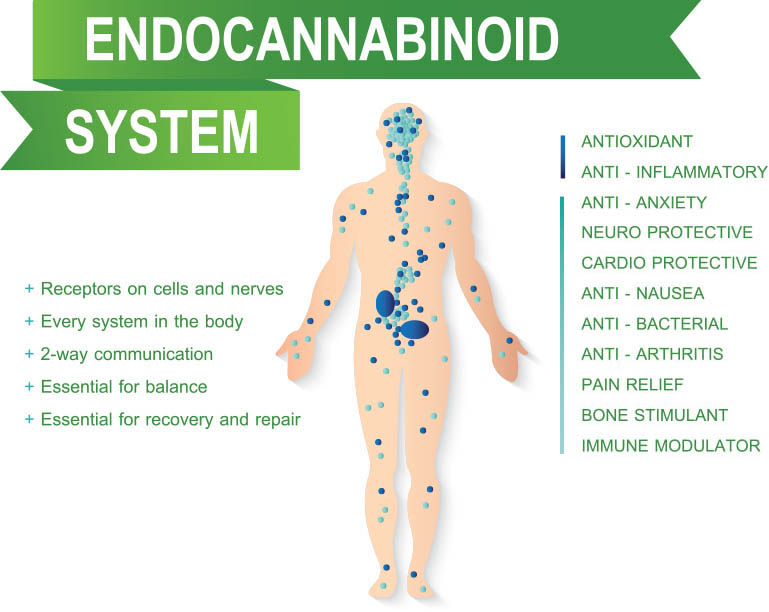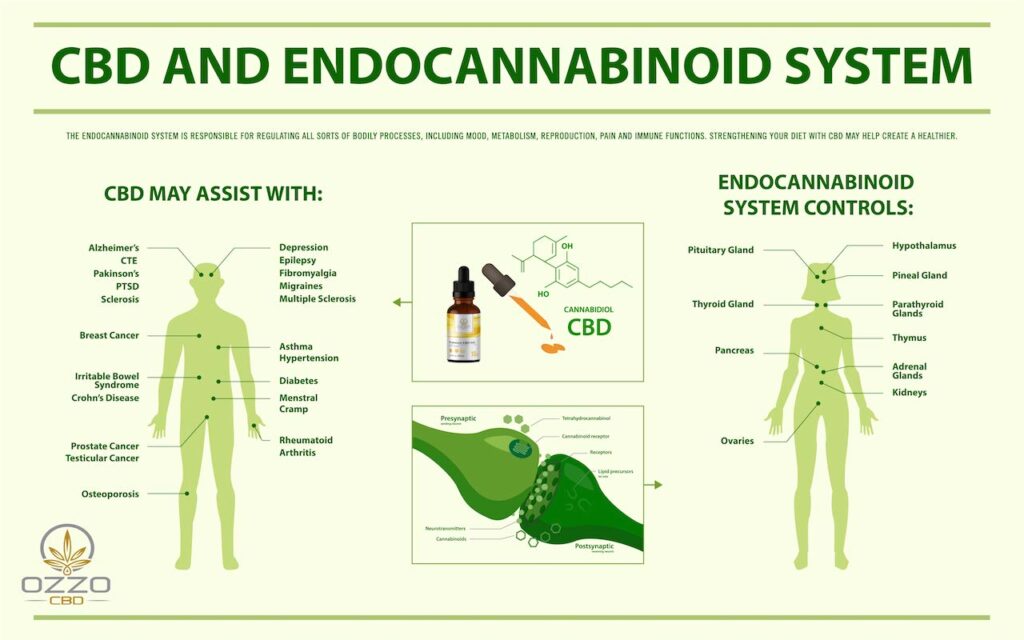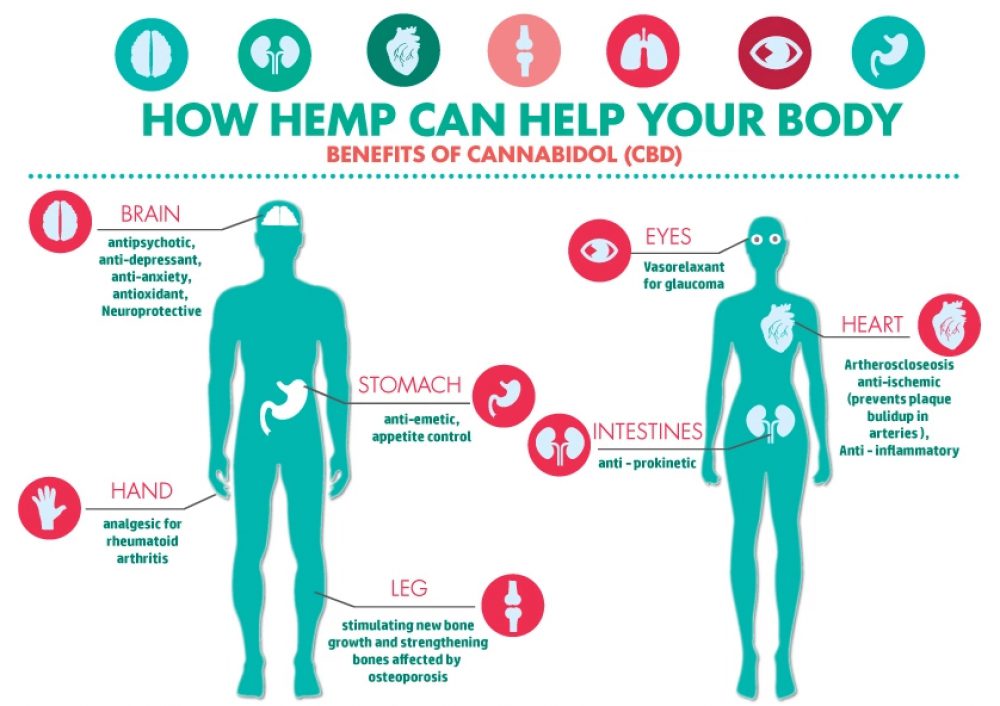Meat is an important component of western diets. It tastes good; it is satisfying and is an excellent source of high-quality protein and other crucial nutrients. However, different methods of cooking can have an effect on the quality and healthiness of meat. So, what is the healthiest way to cook meat? The purpose of this article is to reveal an answer to that question.
Temperature and Meat
As mentioned earlier, meat is an excellent source of protein. These sources contain many nutrients and include chicken, lamb, and beef, and others. On the other hand, these meats can also comprise bacteria, including Salmonella, Campylobacter, E. coli O157:H7, and Listeria monocytogenes, which can bring about serious foodborne illnesses. For this reason, it is important to cook meat to safe temperatures before eating it (Reference link).
Food safety experts affirm that meat is deemed safe to eat when cooked for a long enough duration and at a temperature high enough to kill harmful organisms.
So how can we know when the meat is cooked long enough to be safe? The key is not appearance, odor, or taste. The key is the internal temperature. Meat needs to reach the proper internal temperature to kill foodborne bacteria. The internal temperature of meat cannot be determined by external methods.
Studies have shown that using a food thermometer is the sole way to determine if harmful bacteria have been destroyed. However, despite that, only about 15% of people consistently use a food thermometer.
Different cooking methods and different meats require different safe internal temperatures. A reliable and accurate meat thermometer is a handy tool to know for sure if the proper temperature is attained by taking out the guesswork. It can also avoid overcooking which can rob meat of the juices and flavor often desired.
Cooking meat to the proper internal temperature is one of the healthiest ways to cook meat.
It is important to note that different meats require different safe internal temperatures. This will be covered in a subsequent article on this website.
Different Cooking Methods
How we cook our meat matters. Cooking breaks down any tough fibers and connective tissue in meat, making it easier to chew and digest. It additionally leads to better nutrient absorption.
On the other hand, cooking meat can reduce its antioxidant capacity, which depends on how it is cooked and for how long. (Reference link).
Another fact to note is nutrients can also be lost during the process of cooking meat. The extent to which this occurs is strongly influenced by the cooking method.
What’s more concerning is heating meat to high temperatures for long periods can lead to the formation of harmful compounds that may increase disease risk.
Therefore choosing cooking methods that minimize nutrient loss and produce the lowest amounts of harmful chemicals can maximize the health benefits of consuming meat.
The point to remember is that even though cooking meat makes it easier to digest and kills harmful germs, it can also reduce the nutrient content and create harmful chemicals that potentially increase disease risk.
Next, a look at how different cooking methods affect the meat we eat.
Roasting and Baking
Both roasting and baking are similar forms of healthy cooking using dry heat. Dry heat cooking differs from moist heat methods, which is where meat is cooked in water or another liquid.
The term roasting usually refers to cooking meat in a large pan known as a roasting pan. A roasting pan frequently incorporates a rack to keep the meat elevated above the juices that drip down as it cooks.
This can also be done with a device that allows meat to cook on a slow-turning spit known as an oven rotisserie. This method is usually reserved for cooking large pieces of meat or entire animals, such as chickens or turkeys.
In comparison, baking is generally used for chicken, poultry, or fish rather than red meat. The meat is cooked in a baking dish that can be enclosed or open.
Temperatures for roasting and baking range from 300–425°F (149–218°C) and cooking time may fluctuate from 30 minutes to an hour (1) or more,  depending on the type and cut of meat.
depending on the type and cut of meat.
In general, roasting and baking are healthy forms of cooking that result in minimal losses of vitamin C.
On the other hand, during long cooking times at high temperatures, up to 40% of B vitamins may be lost in the juices that drip from the meat.
These juices can be gathered and served with the meat, which is sometimes called au jus on menus. This can help minimize nutrient loss.
Grilling and Broiling
Grilling and broiling are especially similar dry heat, high-temperature cooking methods.
Grilling involves cooking with a heat source directly below the food, for example, an open grill or barbecue. Grilling temperatures usually range from 375–450°F (190–232°C).
With broiling, the heat source comes from above, such as the broiler in an oven. Broiling occurs at very high temperatures, typically 500–550°F (260–288°C).
Grilling is particularly popular because it imparts a delicious flavor to meat, in particular steaks and burgers.
Unfortunately, unbeknown to most, this method of cooking often leads to the production of potentially harmful chemicals.
When the meat is grilled at high temperatures, the fat melts and drips onto the grill or cooking surface. This in turn creates toxic compounds called polycyclic aromatic hydrocarbons (aka PAHs) that can rise up and seep into the meat (Reference link).
PAHs have been linked to several types of cancer that include breast and pancreatic cancer (Reference link, Reference link, Reference link, Reference link).
However, studies have discovered that removing drippings can reduce PAH formation by up to 89% (Reference link).
Another concern with both grilling and broiling is that they promote the formation of compounds known as advanced glycation end products (AGEs).
AGEs have been linked to an increased risk of several diseases, including heart disease, kidney disease, and skin aging. (Reference link, Reference link).
They are produced in the body as by-products of a chemical reaction that occurs between sugars and proteins. They can additionally form in foods during the course of cooking, especially at high temperatures.
One study found that broiled beef had higher levels of AGEs than beef cooked by other methods (Reference link).
Keeping cooking times short and removing meat from high heat prior to it becoming charred can help reduce the amount of AGEs produced.
Poaching, Stewing and Simmering
Poaching, stewing, and simmering are similar moist heat methods of cooking.
Although cooking times are generally longer than for many other cooking methods, this is because temperatures are lower.
The three methods are classified by the temperature of the cooking liquid:
- Poaching: 140–180°F (60–82°C)
- Stewing: 160–180°F (71–82°C)
- Simmering: 185–200°F (85–93°C)
Prolonged cooking in liquids at temperatures above 200°F (93°C) can cause meat proteins to toughen.
Poaching entails shorter cooking times than stewing or simmering and is kept for delicate foods like duck, chicken and, fish,.
Research has shown that cooking with moist heat at low temperatures can minimize the formation of AGEs (Reference link).
On the other hand, the lengthy cooking times for stewing and simmering can lead to a loss of B vitamins, nutrients that are typically high in meat and poultry.
Up to 60% of thiamine, niacin, and other B vitamins may be lost from the meat as its juices runoff. Luckily, consuming the meat’s juices as part of a stew or soup can significantly reduce these vitamin losses. [FOR MORE INFORMATION ON B VITAMINS]
Stir-Frying and Pan-frying
Stir-Frying and Pan-frying both refer to cooking meat with fat in a skillet, wok, or pot.
Throughout stir-frying, food is continuously flipped or stirred with a spatula as it cooks, while pan-frying usually does not involve this type of constant movement.
While these methods use high heat, cooking times are very short, which helps maintain tender meat with good flavor.
These two cooking techniques also promote the retention of nutrients and are less likely than many other methods to cause cholesterol in fatty meats to oxidize. Oxidized cholesterol is considered a risk factor for heart disease (Reference link).
On the other hand, Stir-Frying and Pan-frying have some drawbacks.
Heterocyclic amines (HAs) are compounds capable of causing cancer. They are produced when the meat reaches high temperatures while cooking. Studies have established that HAs frequently transpire during the pan-frying of meat and poultry
Marinating or soaking meat in mixtures containing fruits, vegetables, herbs, and spices high in antioxidants can help reduce the formation of HAs. One study found that adding herbs to a marinade decreased HAs by about 90% (Reference link, Reference link).
Also, it’s important to choose a healthy cooking oil when pan-frying or stir-frying. For more information on cooking oils, read the article, Facts about Cooking Oil on this website.
Most vegetable and seed oils are high in polyunsaturated fats that are prone to damage at high temperatures. Heating these oils also promotes the formation of oxygenated aldehydes, potentially cancer-causing chemicals found in cooking fumes (23).
Palm oil and olive oil have been shown to develop fewer aldehydes than vegetable and seed oils during stir-frying and pan-frying.
Other healthy cooking oils that are steady at elevated temperatures include coconut oil, lard, and tallow.
Deep-Frying
Deep-frying involves completely immersing food in fat or oil while cooking.
Meat and poultry are sometimes, although not always, breaded or coated in a batter before being deep-fried.
The benefits of deep-frying meat include improved flavor, crunchy texture, and excellent preservation of vitamins and minerals.
However, it is important to note that this cooking method also causes potential health risks.
Deep-frying has been shown to result in higher levels of toxic by-products like AGEs, aldehydes, and HAs than most other cooking methods.
The amount of fat absorbed by the meat during deep-frying can also be considerable, especially if it is breaded or battered.
Additionally, the unhealthy vegetable and seed oils usually used for deep-frying can do more than increase calorie intake. This method of cooking has been linked to increased cancer and heart disease risk (Reference link, Reference link).
Slow Cooking
Slow cooking involves cooking for several hours in a slow cooker, also known as a Crockpot. This is basically a large, electronically heated ceramic bowl with a glass lid.
Cooking temperature settings on a slow cooker range from 190°F (88°C) for the low setting to 250°F (121°C) for the high setting. These minimal temperatures minimize the formation of potentially harmful compounds.
The chief advantage of slow cooking is its ease and convenience. Meat can simply be seasoned and placed in the slow cooker, allowed to cook for six (6) to eight (8) hours without requiring it to be checked, then removed, and served at dinnertime.
Slow cooking is comparable to simmering and stewing meat. Unfortunately, it additionally results in the loss of B vitamins that are released in the juices as the meat cooks. There is always a catch!
Slow cooking tougher cuts of meat, such as brisket results in them becoming tender, and flavorful.
However, it may sometimes cause poultry and other delicate meats to become overly tender and soggy, particularly with longer cooking times.
Pressure Cooking
Pressure-cooking is a form of moist heat cooking that has returned to popularity in current years because it permits food to cook very rapidly and uses less energy than other methods.
A pressure cooker is a pot with a sealed lid and a safety valve that manages the pressure of steam that builds up inside.
The steam’s pressure raises the boiling point of water from 212°F (100°C) to as high as 250°F (121°C). This higher heat yields faster cooking times.
The main advantage of cooking in a pressure cooker is that it significantly decreases the time it takes to cook meat or poultry.
What’s more, pressure-cooking directs to less oxidation of cholesterol than some other cooking methods, provides flavor and tenderness to meats, and minimizes vitamin losses.
One disadvantage is that if the cooker needs to be opened to check the food for doneness, this temporarily stops the cooking process.
Also, similar to slow cooking, pressure-cooking can result in some types of meat becoming overly soft.
Sous Vide
Sous vide is a French term that when translated means “under vacuum.”
In sous vide, meat is sealed in an airtight plastic bag and cooked for one (1) to several hours in a temperature-controlled water bath.
With certain varieties of meat, such as steak, sous vide cooking is followed by quick pan searing to provide a brown crust. Some crunch is good!
Sous vide employs the lowest temperature ranges of all cooking methods: 130–140°F (55–60°C). Cooking at these temperatures can help reduce the formation of possibly harmful chemicals.
Additionally, because the cooking time and temperature can be exactly controlled, the meat is reported to be more tender and evenly cooked than meat cooked with other methods.
Also, all juices produced during cooking remain in the bag with the meat, resulting in better retention of B vitamins and other nutrients.
On the downside, cooking steak sous vide may take an hour or more, which is considerably longer than grilling. But conversely, the meat can be safely held at the desired temperature for several hours.
What’s more, according to one manufacturer, all sous vide cooking bags have been independently tested and found to contain no bisphenol A (BPA) or other potentially harmful chemicals.
What Is the Healthiest Way to Cook Meat?
Strictly from the standpoint of health, the best ways to cook meat are slow cooking, pressure-cooking, and sous vide. Then again, all methods of cooking meat have advantages as well as disadvantages.
Some of the most popular ones, which include grilling and deep-frying, are cause for concern due to the high levels of toxic by-products they create.
Poaching and other forms of moist heat cooking at lower temperatures produce fewer of these compounds but may result in the loss of vitamins.
It is best to choose healthy cooking methods, including slow cooking, pressure-cooking, and sous vide, when possible.
However, for individuals who love to grill or deep-fry their meat, they can reduce the risks by removing the drippings by placing the meat on a paper towel to drain, avoid overcooking the meat, and using fats and marinades that are healthy.
Remember, no matter what method is chosen,be certain of the proper internal temperature!
It would be great to hear from you with any questions, comments, or concerns below.
Good Health!!
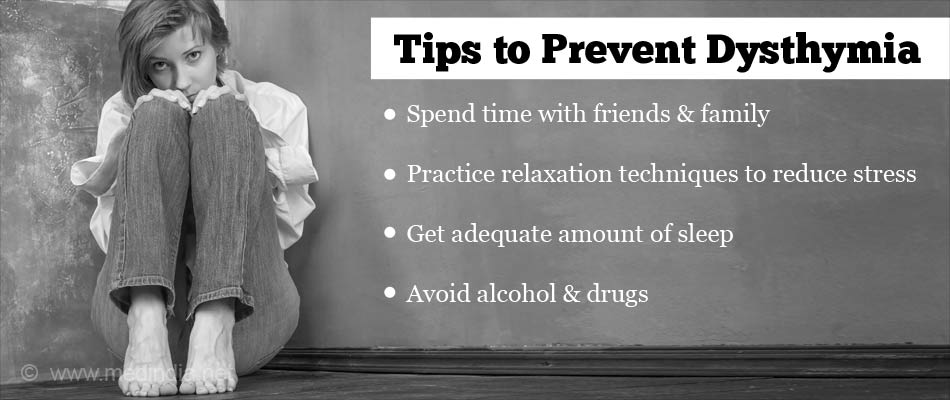 longer. Individuals who suffer from dysthymia can additionally experience periods of major depression–sometimes known as double depression. In modern diagnostic classification systems, dysthymia and chronic depression are now both mentioned to as clinical depression disorder.
longer. Individuals who suffer from dysthymia can additionally experience periods of major depression–sometimes known as double depression. In modern diagnostic classification systems, dysthymia and chronic depression are now both mentioned to as clinical depression disorder.
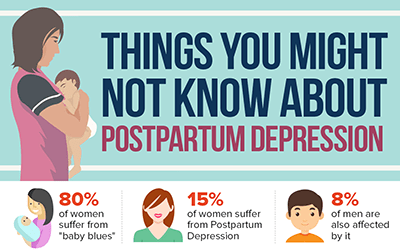
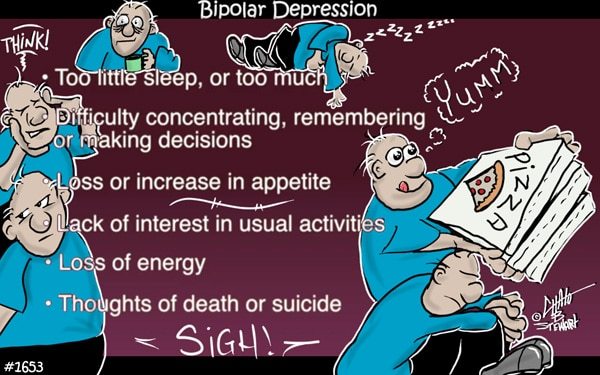 delusions, or paranoid rage. Also, depressive periods can be more harmful and harder to treat than in individuals who never have manias or hypomanias.
delusions, or paranoid rage. Also, depressive periods can be more harmful and harder to treat than in individuals who never have manias or hypomanias.![Depression: the facts - Seasonal Affective Disorder [SAD]](https://universal-health-products.com/wp-content/uploads/2020/10/Depression-seasonal-2-776x1024.jpg)
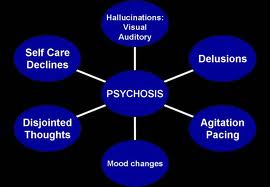 telling them that they are worthless and no good), delusions, or some other break with reality. They may also have strange and illogical ideas. Psychotic depression affects roughly one (1) out of every four (4) individuals admitted to the hospital for depression.
telling them that they are worthless and no good), delusions, or some other break with reality. They may also have strange and illogical ideas. Psychotic depression affects roughly one (1) out of every four (4) individuals admitted to the hospital for depression.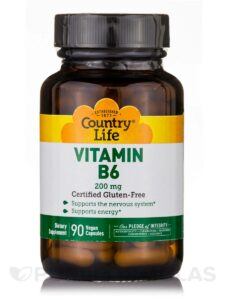 chemicals. It powers brain processes and development, steroid hormone activity, and immune function.
chemicals. It powers brain processes and development, steroid hormone activity, and immune function.
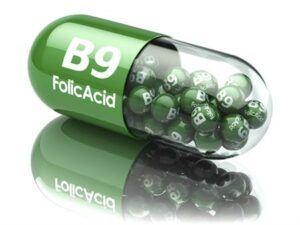 very reason.
very reason. relationship with folate, as they both depend on the other to function properly.
relationship with folate, as they both depend on the other to function properly.
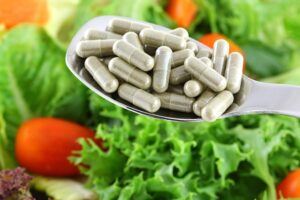
 mouth.
mouth. the significant filtering organs in our bodies,
the significant filtering organs in our bodies,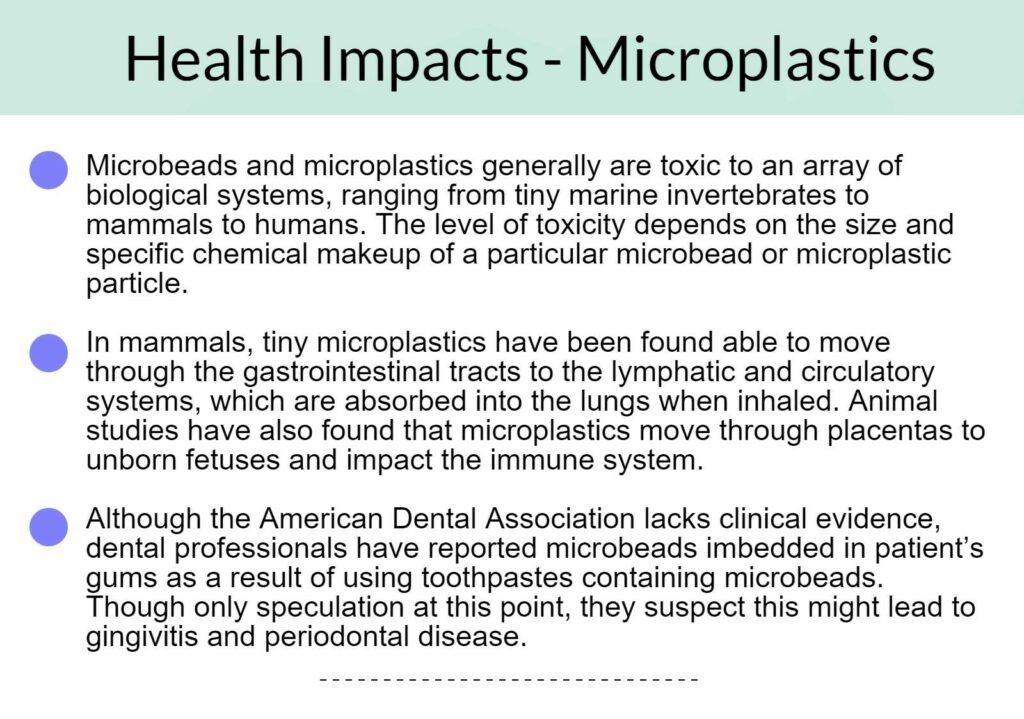 placenta, according to research that has not yet been published but was presented at a spring conference at the Rutgers Center for Urban Environmental Sustainability.
placenta, according to research that has not yet been published but was presented at a spring conference at the Rutgers Center for Urban Environmental Sustainability.
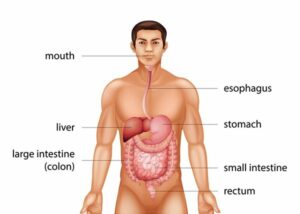 colon cancer. The purpose of this article is to inform readers about the facts on colon cancer.
colon cancer. The purpose of this article is to inform readers about the facts on colon cancer.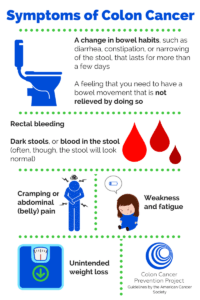 depending on the size of the cancerous cells and the location in the large intestine.
depending on the size of the cancerous cells and the location in the large intestine.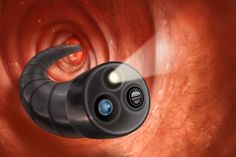
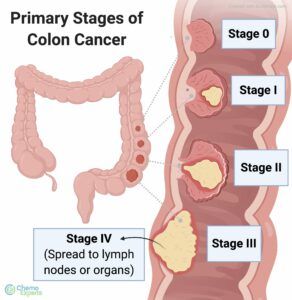 entirely resolved until after colon cancer surgery.
entirely resolved until after colon cancer surgery.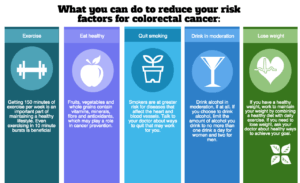 fruits and vegetables to enable one to get an array of vitamins and nutrients.
fruits and vegetables to enable one to get an array of vitamins and nutrients.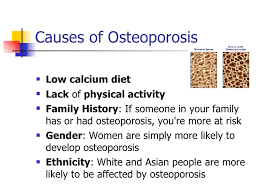
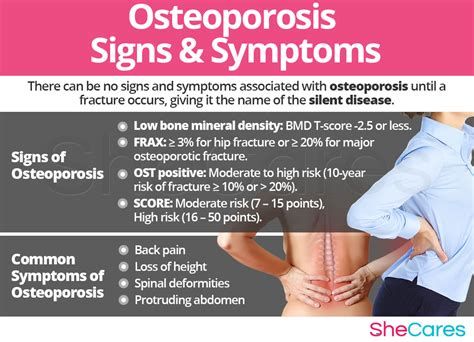
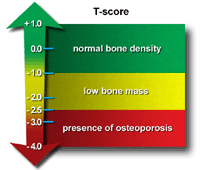 painless test, the patient lies on a padded table as a scanner passes over the body. In a majority of cases, only a few bones are checked — generally the hip and spine. A score of -2.0 or lower indicates an osteoporosis condition.
painless test, the patient lies on a padded table as a scanner passes over the body. In a majority of cases, only a few bones are checked — generally the hip and spine. A score of -2.0 or lower indicates an osteoporosis condition.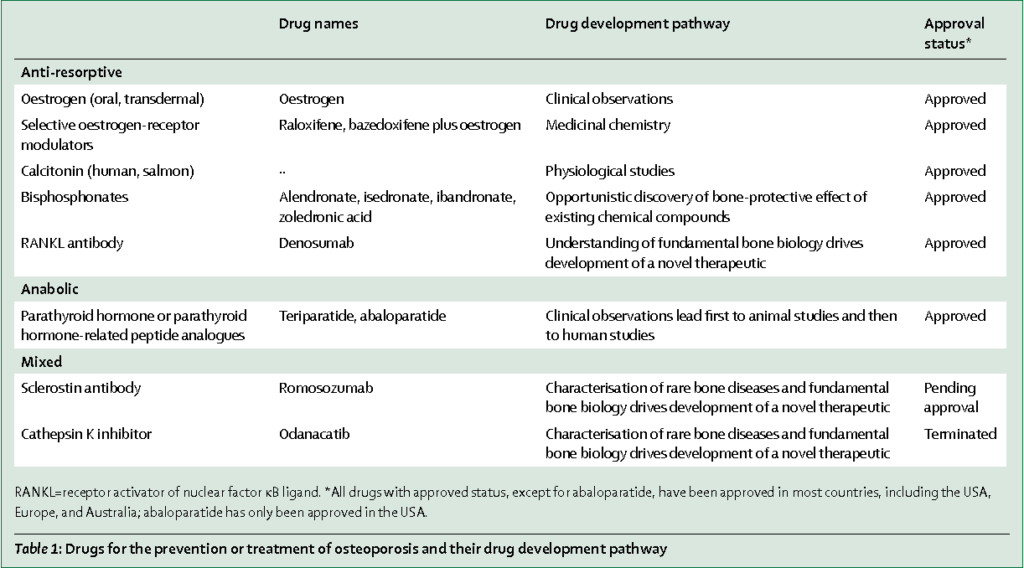
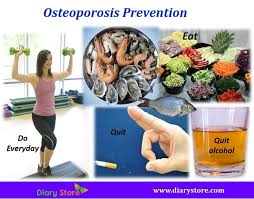 and wrist. As such, maintaining appropriate body weight is good for bones just as it is for health in general.
and wrist. As such, maintaining appropriate body weight is good for bones just as it is for health in general.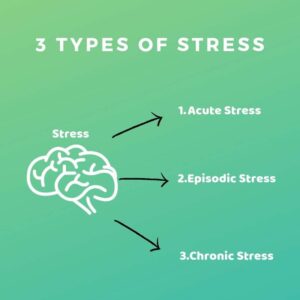
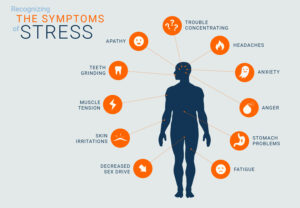
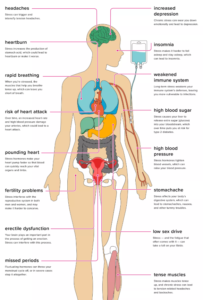 release the stress hormones adrenaline and cortisol. These hormones increase the heartbeat and send blood rushing to the areas where it is needed the most in an emergency, such as the muscles, heart, and other crucial organs.
release the stress hormones adrenaline and cortisol. These hormones increase the heartbeat and send blood rushing to the areas where it is needed the most in an emergency, such as the muscles, heart, and other crucial organs.
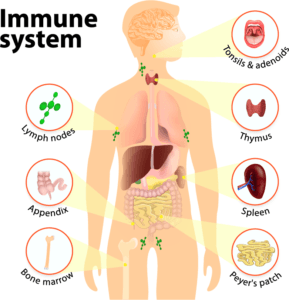 is getting more awareness than our immune system. Although the body doesn’t have a natural defense against covid19, a strong immune system will help minimize the effects of this virus. The best way to keep our immune systems strong is naturally though our diet. Therefore, this is a perfect time to take a look at what foods boost the immune system.
is getting more awareness than our immune system. Although the body doesn’t have a natural defense against covid19, a strong immune system will help minimize the effects of this virus. The best way to keep our immune systems strong is naturally though our diet. Therefore, this is a perfect time to take a look at what foods boost the immune system.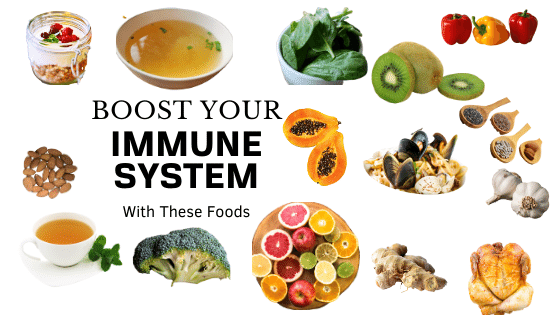
 caught a cold. This is because it helps build up the immune system. Vitamin C is believed to increase the building of white blood cells, which are crucial to fighting infections. In addition to boosting the immune system, vitamin C may assist in maintaining healthy skin.
caught a cold. This is because it helps build up the immune system. Vitamin C is believed to increase the building of white blood cells, which are crucial to fighting infections. In addition to boosting the immune system, vitamin C may assist in maintaining healthy skin.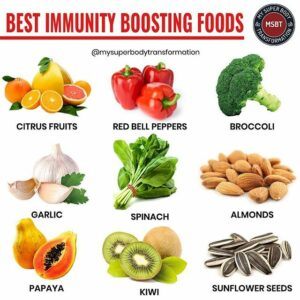 milligrams (mg) a day.
milligrams (mg) a day.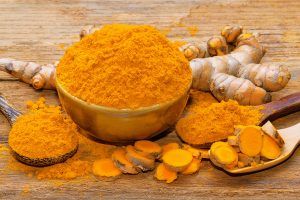
 red blood cells that carry oxygen to the cells of the body.
red blood cells that carry oxygen to the cells of the body.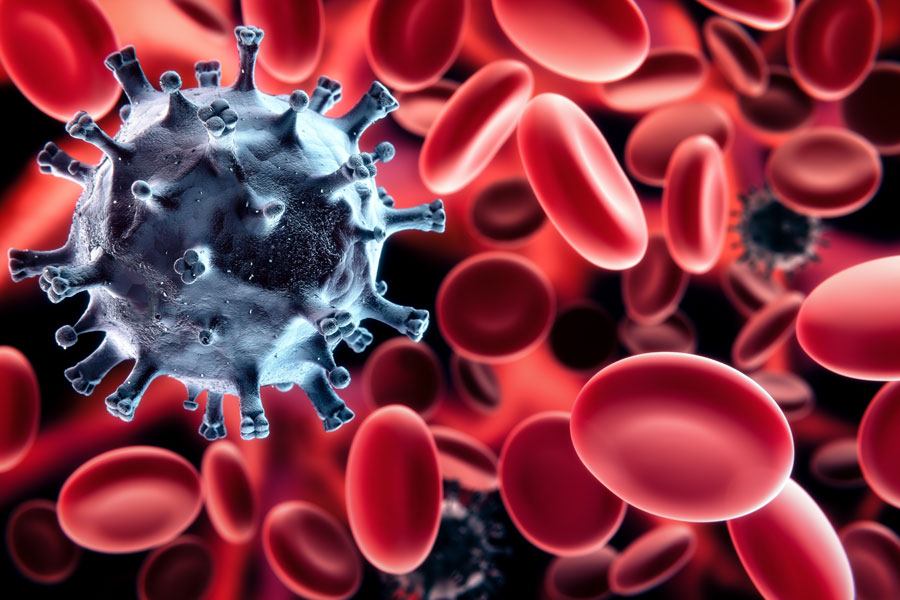 is getting more awareness than our immune system. Therefore, this is a perfect time to get the facts about the immune system.
is getting more awareness than our immune system. Therefore, this is a perfect time to get the facts about the immune system.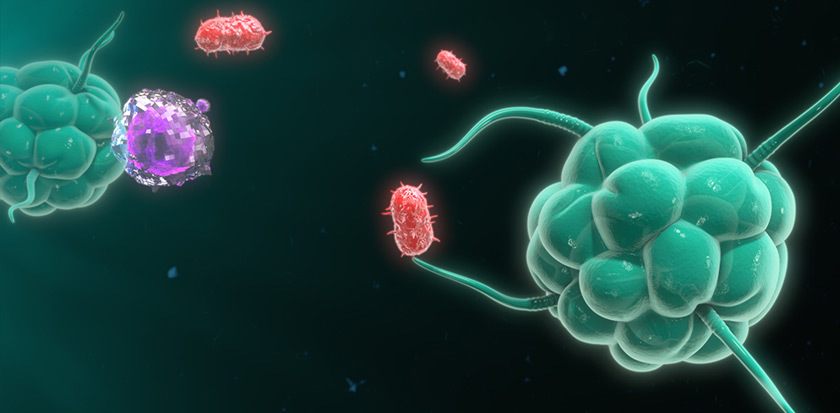
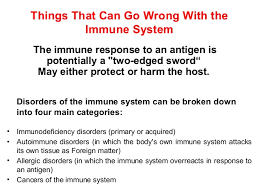
 delivery of immunoglobulins through a drip into the vein – known as intravenous immunoglobulin (IVIg) treatment. Now, subcutaneous immunoglobulin (SCIg) is often delivered into the fat under the skin, which can offer benefits for a few patients. This is known as a subcutaneous infusion or SCIg therapy.
delivery of immunoglobulins through a drip into the vein – known as intravenous immunoglobulin (IVIg) treatment. Now, subcutaneous immunoglobulin (SCIg) is often delivered into the fat under the skin, which can offer benefits for a few patients. This is known as a subcutaneous infusion or SCIg therapy.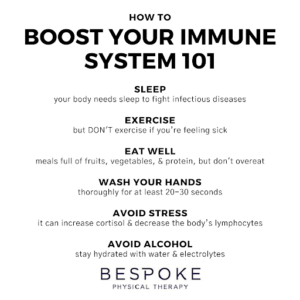 foods like fruits, vegetables, herbs, and spices — are crucial to keeping the immune system functioning properly. Many plant-based foods also have antiviral and antimicrobial markers, which help fight off infection.
foods like fruits, vegetables, herbs, and spices — are crucial to keeping the immune system functioning properly. Many plant-based foods also have antiviral and antimicrobial markers, which help fight off infection.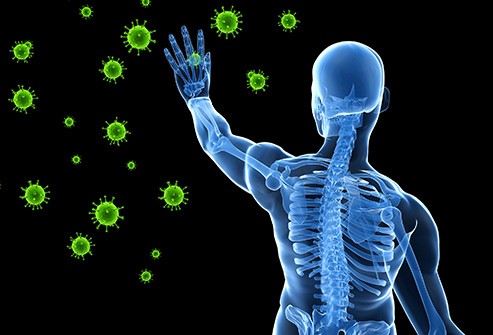
 system on the cellular level discovered in the early 1990s by researchers examining THC, a celebrated cannabinoid. Cannabinoids are compounds found in
system on the cellular level discovered in the early 1990s by researchers examining THC, a celebrated cannabinoid. Cannabinoids are compounds found in 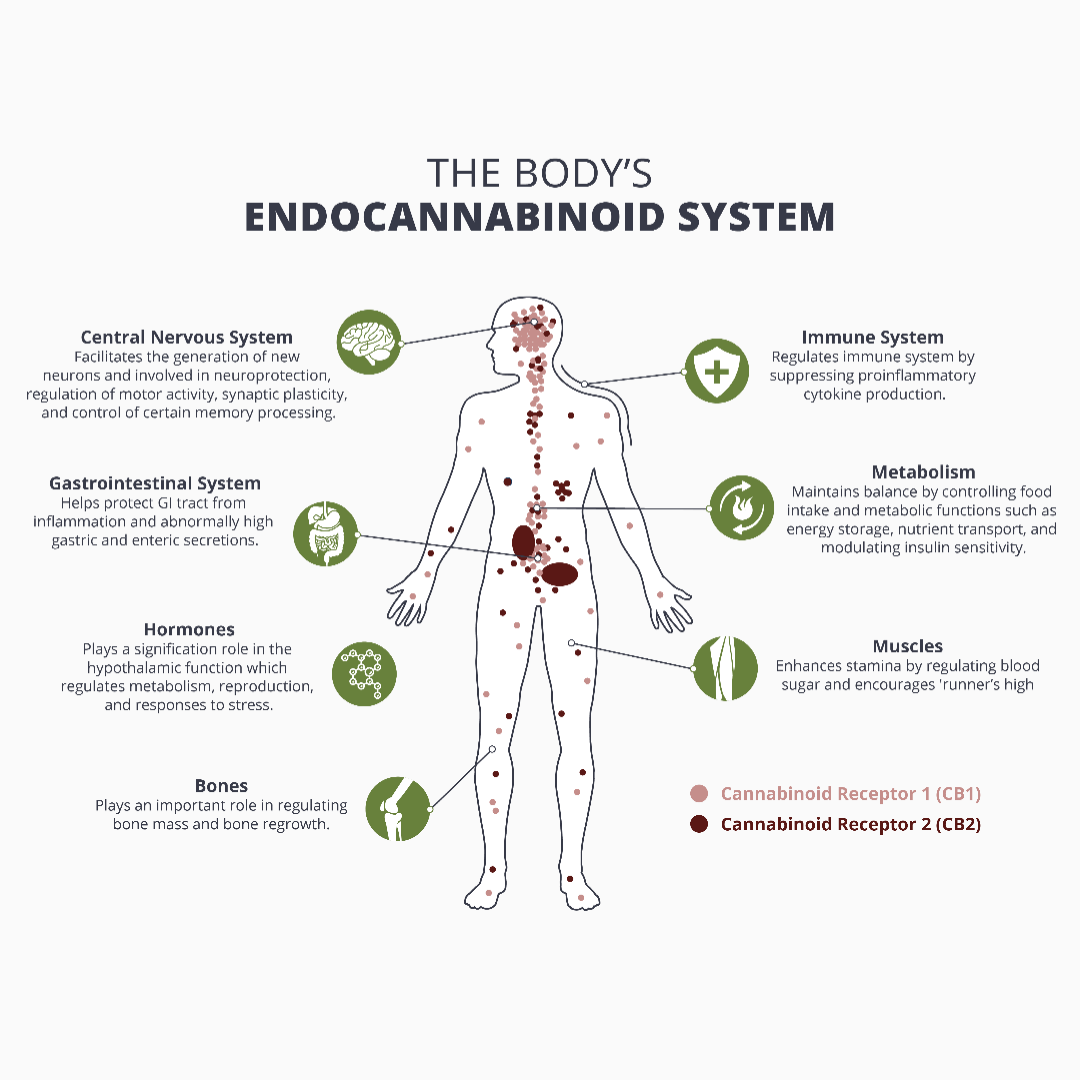 These include appetite, mood, memory, sleep, reproduction and fertility.
These include appetite, mood, memory, sleep, reproduction and fertility.